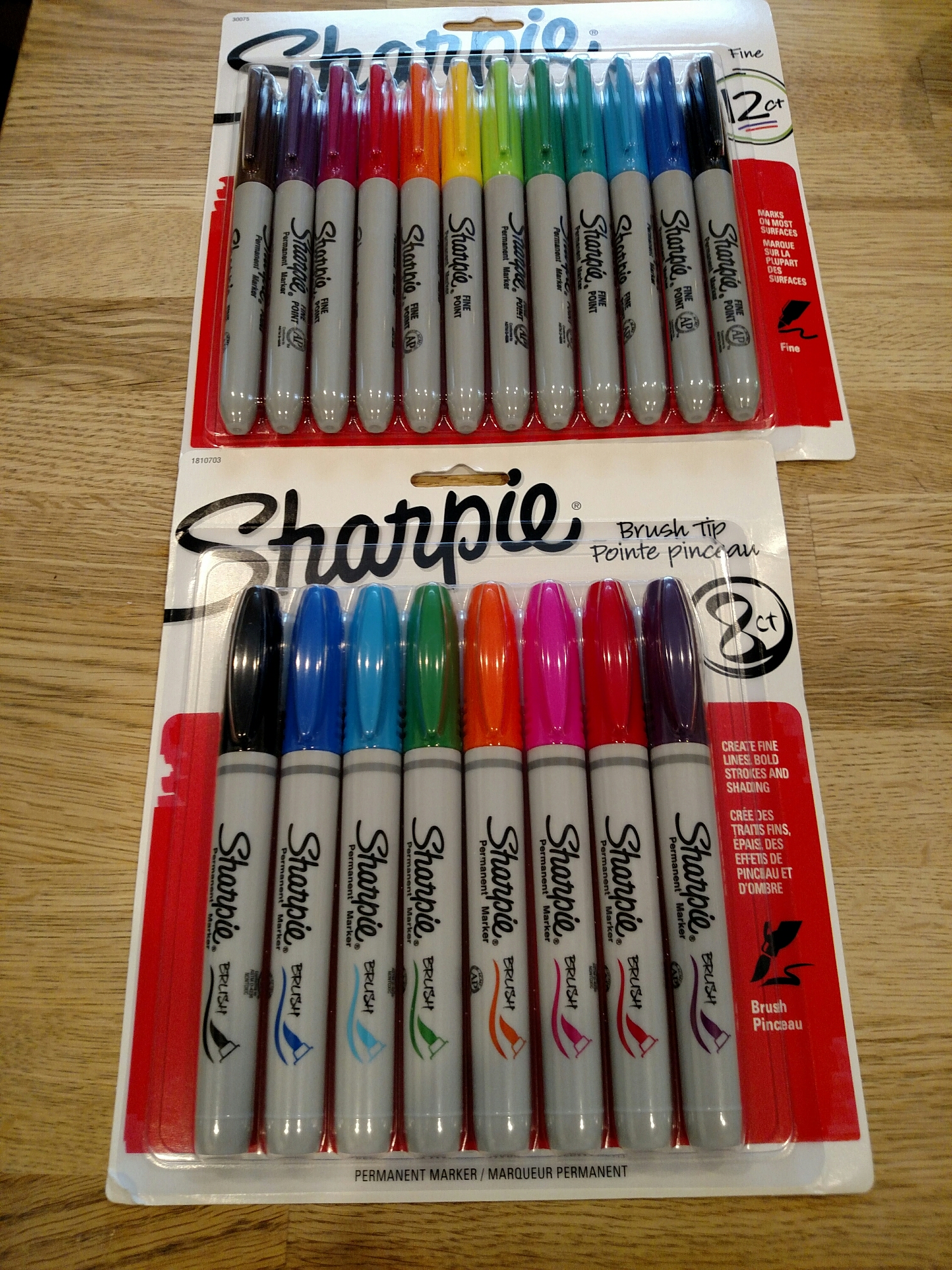the easiest way to organize a closet is totally fake
/The easiest way to organize a closet is easy, a pain in your ass, and totally fake: Throw all your shit out. Voila! Pretty closet!
Let's face it, every post on Pinterest about closet organizing has a jam-packed closet as the "before" and a barely-anything in it closet as an "after."
really elfa? REALLY? THIS IS NOT AN AFTER.
THAT IS NOT A CLOSET FOR REAL PEOPLE. Seriously, I do not have only 20 shirts in my closet and three dresses. Organizational people are LYING TO YOU ALL with these pictures. Nearly every after picture I've seen puts a third of the stuff back into the closet, which looks great, but isn't how people actually live.
I mean, my current closet is big, and if I staged it like this, it would look ENORMOUS. And I would have a pile of clothes on my bed bigger than my eldest child and no place to put them to keep my pristinely organized closet picture perfect.
Because, confession time: I am both a purger and a hoarder. Maybe "completist" might be better descriptive than "hoarder," as (despite my occasional freak out to the contrary) I am not, in fact, living in filth and stacks everywhere. I come from a family where things were kept for years--decades even--because they were "perfectly good" but also never used. And so I get rid of things. But I do still regret throwing out 6 years worth of Martha Stewart Living Magazine several years ago, I have a complete collection of Cook's Illustrated magazines, I have a shit ton of yarn and fiber, and when I find I shirt I like, I buy it in every color I like. Because FUCK capsule wardrobes.
So what, you may say, is the real way to organize a closet?
By now, I'm sure everyone and their mother has heard of Marie Kondo's Life Changing Magic of Tidying Up. I know I'm not the first, or the thousandth, to blog about it. I read through the book, and I liked some of what she said about keeping things that spark joy and ditching the things that don't (but you can pry my books from my cold, dead, hands).
I have always folded items of clothing and "filed" them in drawers instead of stacks, as she describes--save the socks. I have opinions on socks: Socks should not be rolled together, they should ALWAYS have the cuff tucked together and folded inside so they don't come apart. I also have opinions on sheets, which is a whole 'nother post. (Oh, and I don't anthropomorphize my things, because I am not a toddler.)
That said, much of what she has to say about closets and clothes is kind of brilliant, at least for me. Keep things you love--and I do think that useful everyday things fall into that category. While the random tank top might not itself spark joy in you, the outfit it completes might. And the random tank top with the weird cut that just never sits right and has the itchy tag certainly does NOT spark joy so toss that shit. I also do not rotate clothes seasonally, because I am lucky enough to have a closet big enough to not have to, but also because so many of my clothes are 4-season pieces. Dress + wool cardigan + heavy leggings + boots = winter outfit. Same dress + linen cardi + sandals = summer.
And I love her mild mild debunking of other organizational tricks. Because again, OPINIONS, I have them. Do NOT get me started on that "trick" of hanging your hangers backwards to see how frequently you wear something. It's ridiculous and completely disregards the need for special occasion clothing and sentimental favorites. If you love something and it's a sentimental favorite, why on earth would you throw it out? Just to make space? Why is space more important than sentiment, or memories? Get rid of the shit that is "perfectly good" and never used if you want space. And face it people, no one wants to go shopping for an outfit for a funeral when the need comes up. No one.
And so I cleaned out my closet, somewhat following her suggestions, somewhat following my own. Three and a half giant garbage bags later (delivered to a friend, and anything she doesn't want is off to donations), it's tidy! and by no means is it a pinterest after picture, but it's so much better. I still have a shit ton of stuff crammed in there, and I still have multiple black t-shirts--now all filed in a single row though.
I tried things on, and tossed a bunch, I refolded the chaos that had crept in, using a number of the container store's clear drawer organizer boxes--which I already had, and are fantastic, by the by. I used some of the post-it sticky label tape and a sharpie to label things that were not clear when folded neatly, like "camisoles" vs. "layering tanks" vs. "short sleeve layers". I did not color code the labels, despite my inclination to, because the colored sharpies were downstairs and that would require moving myself.
I'm pretty pleased with the labeling solution, myself. And I extended it to the hanging things. Because I have many leggings, and could never figure out which neatly folded legging was which and where the fuck was the really lightweight capri legging goddamnit!, I decided to group them by category and hang them, labeling the hangers. So now there are hangers with a label tape tag of "full length black leggings", "short black leggings", "exercise leggings", "pant-like leggings", "second tier leggings", etc.
Of course, I ignored Marie Kondo's suggestion of hanging everything in length order rising to the right, because that's silly. A. I'm a lefty. B. the right hand side of my full-length hanging section is partially hidden, so NO. C. By length doesn't work for the way I wear clothes. Category is way better but has it's own hidden problems.
I still am not quite sure the best way to organize the many dresses I own. I'm leaning more toward use: tunics/dresses too short to wear without leggings, day dresses, slightly fancier day dresses, fancy dresses, formal dresses. But then where do the maxis go? I have some that are more day dressy, some that are more slightly fancier day dressy. Do I put in each category, or do I pull into a separate section--day maxi vs formal maxi?
Am I a super nerd to for thinking things through this far? Don't answer that.









